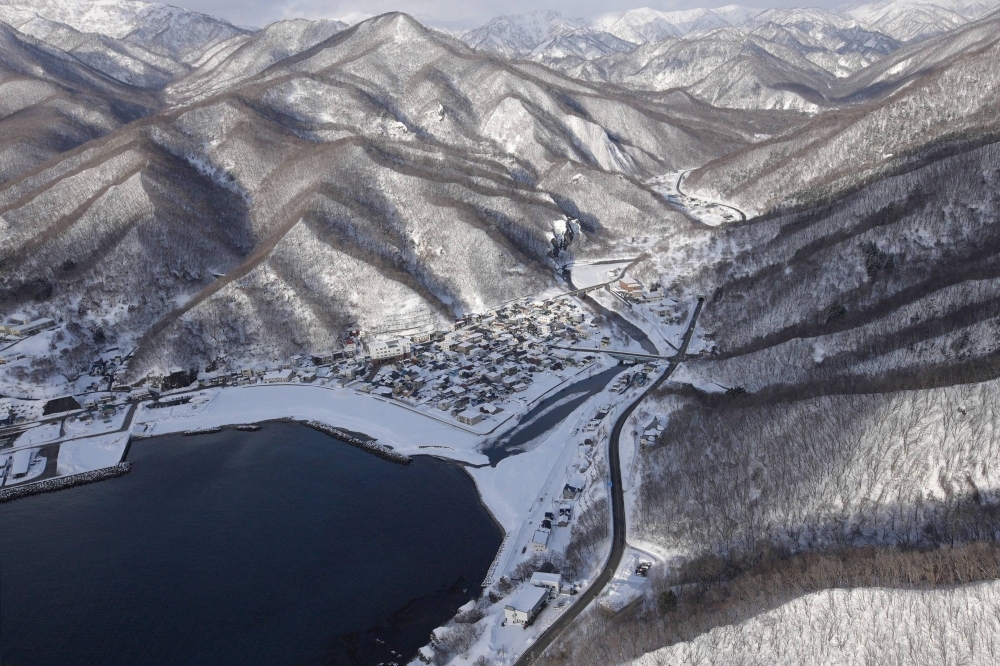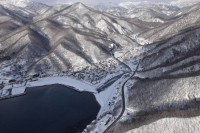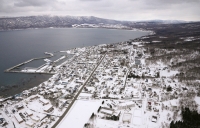The industry ministry has named two areas in the northern prefecture of Hokkaido as candidates for the second stage of a process to select final disposal sites for highly radioactive waste from nuclear power plants.
The two are the whole town of Suttsu and part of the village of Kamoenai. Whether they will move on to the second stage, which involves a boring survey, will be formally decided after several advisory panel meetings.
The selection process consists of three stages, in which the first stage is a literature survey and the third stage a detailed survey. To conduct the second and third surveys the approval of the prefectural governor is required, in addition to that of the mayor of the municipality.
Hokkaido Gov. Naomichi Suzuki said in a statement that he is opposed to moving to the second stage.
The ministry said Tuesday that Suttsu and Kamoenai can be candidates for the second-stage survey.
The entire town of Suttsu and the continental shelf within 15 kilometers from the coast of the town will be subject to the second stage, as well as the area of about 3 to 4 square kilometers in Kamoenai excluding the zone within a radius of 15 kilometers from the Shakotandake volcano in the village.
Suttsu and Kamoenai have been in the first stage of the selection process since November 2020. The municipalities were the first to accept the survey.
In the first stage, the Nuclear Waste Management Organization of Japan (NUMO) identified locations that should be avoided for final disposal sites, based on more than 1,500 documents, including those on active faults and volcanoes.






